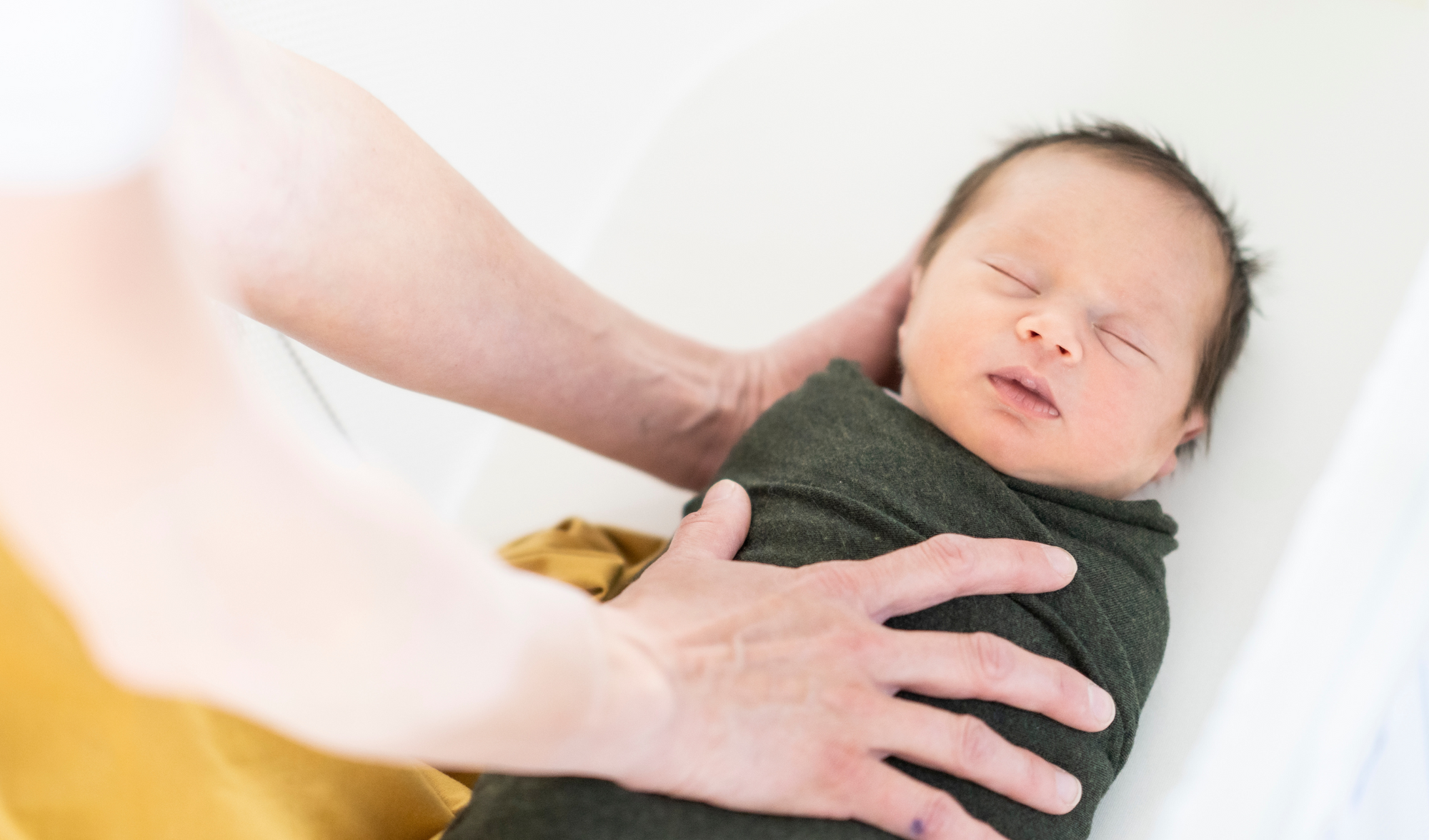As adults, we all know how uncomfortable it can get if you have trapped wind. Babies are no exception; in fact, because they are still learning to digest, they might become very uncomfortable if they are unable to release gas. Read our blog for more ways you can help calm your gassy baby.
How do babies get trapped wind?
Both bottle and breastfed babies can get trapped wind, but in general, it’s thought that breastfed babies experience it less. This is thought to be because breastfed babies swallow less air when breastfeeding.
Gas is also produced naturally by our bodies as a by-product of food digestion. Some of us, babies included, produce more gas than others. When either of these things happen, we can experience symptoms of trapped wind.
How do I know if my baby has trapped wind?
The typical symptoms include;
- Bloating
- Stomach cramps
- Pains and difficulty burping
- Excessive flatulence
Tips to ease your baby’s trapped wind
Although it’s not completely avoidable, first let’s think about how to prevent your baby from getting trapped wind in the first place.

Burp during feeds
When it comes to releasing and easing trapped wind in babies, burping has been found to be one of the most effective methods. By holding your baby upright against your shoulder or gently rubbing their back as they sit on your lap, burping your baby can help to release air they may have swallowed while feeding; working to ease and prevent both discomfort and crying.
If you’re breastfeeding, make sure to regularly burp your baby while feeding to avoid the intake of air and reduce the chance of trapped wind. If you’re bottle feeding your baby, the use of slower flow nipples can help to reduce your baby gulping down too much air.
If your baby seems uncomfortable during a feed, pulls away or is crying out and wriggling then this is a good time to burp them. You can also do this if you switch breasts or break off during a bottle feed. Some babies take in more air than others when feeding, whether they are breast or bottle fed.
There are four ways to wind your baby:
- Gently stroke or pat their back while holding them on your shoulder.
- Place them on your lap and gently stroke or pat their back, supporting their head with your hand under their chin.
- Place your baby on your lap, stomach down, and rub his or her back at the same time to bring comfort and reassurance.
- Allowing your baby to relax in a warm bath or gently massaging their abdomen in a circular clockwise motion will provide relief while also assisting in the release of trapped wind.
Baby Massage
Baby massage is also a great way to get rid of trapped wind. The wind is moved through the digestive system by massaging the stomach. Babies may find it challenging to deal with the trapped wind due to their immaturity. It's also great for getting rid of pain. The hormone oxytocin is released when you massage your baby, which means they don't feel the stomach pains as much with a parent's calming touch to comfort them.
It not only relieves the symptoms of trapped wind in babies, but also helps the digestive tract mature through a process known as myelination. It enhances your baby's brain-to-body communication, and the more you massage him or her, the better he or she will be at dealing with wind.

Hands-free assistance
It’s not always possible to hold and burp our babies 24/7, so if your baby suffers particularly with wind or colicky symptoms, it can be difficult to settle them. But, this can mean you never have your hands free. Not ideal if you're a busy parent!
The babocush comfort cushion is designed to help ease symptoms of trapped wind and colic. By positioning your baby comfortably and securely on the cushion instead of laying them onto their back after feeding and burping, you can help to soothe and settle your baby. Find out more about the benefits of our products, including colic and reflux relief as well as easing trapped wind.
Encourage your baby to relax
If your baby is unsettled, try to relax them by singing or talking. If you’re standing up, gently bouncing up and down at the knees can also help your baby to release wind.
Related: Helping your baby relax and settle
Night time burping
If your baby often falls asleep after feeding but wakes up with trapped wind later, try sitting them up for a little while when they fall asleep. This will encourage the release of trapped air or gas before it travels further down the digestive system. Patting their back gently at the same time will also help.
Providing concentrated warmth
In order to help soothe any discomfort or trapped wind in your baby, applying warmth to their tummy can be a great help. For example, you could use a warm towel, pad or water bottle as a source of gentle heat and warmth. However, it’s extremely important to check the temperature before applying to your baby’s tummy as their skin is so delicate and sensitive that it will burn more easily than you think.

Try changing your baby’s position
By switching up the position of your baby, you will also be changing the way gas moves through their digestive system and encouraging the release of any trapped wind. One position known as the ‘bicycle method’ involves placing your baby on their back and cycling their legs back and forth towards their tummy several times.
Consider using probiotics
Often referred to as ‘good bacteria’, probiotics are live bacteria and yeast that help to support a healthier digestive system. Probiotics promote the growth of healthy bacteria in the gut which can help to ease trapped wind. Before using probiotics for your baby, speak to your healthcare provider.
Feeding changes
Trapped wind can be prevented by making slight feeding changes to your baby’s routine or diet. If you’re breastfeeding your baby, it can be beneficial to avoid foods known to cause gas; if you’re bottle feeding, switch up the formula, bottle or nipple tip to reduce the amount of air swallowed while feeding.

Medication
Overall, having a baby with trapped wind can be challenging for both of you. However, there are multiple effective ways that have been found to ease any discomfort and reduce the likelihood of your baby experiencing trapped wind. If you’re unsure about the most effective way to manage trapped wind, speak to your healthcare provider as they can provide both guidance and support.
Remember - a baby experiencing trapped wind is a very normal part of their digestive system. Medical intervention is not usually required, however if your baby is also experiencing other symptoms such as vomiting or diarrhea, or displaying signs that concern about their health, then seek medical attention as quickly as possible.
With so many different methods for easing trapped wind in babies, it’s important to remind yourself that each baby is different. While one method may work a treat, others may not - and that’s okay. Remain patient as you work your way through the different options and you’ll become an expert at easing trapped wind in your baby in no time!
Related blogs:


